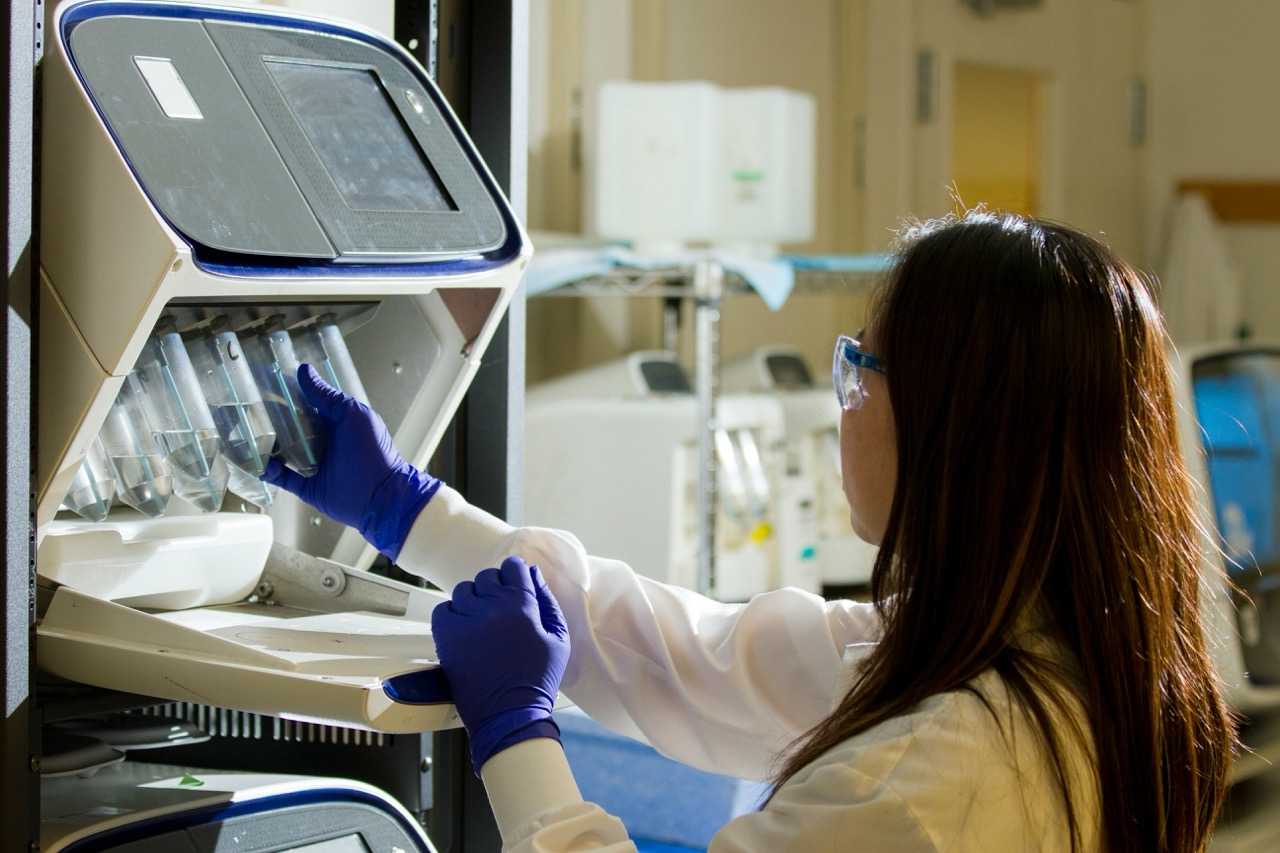Cervical cancer remains one of the most significant health challenges for women worldwide. The Human Papillomavirus (HPV) is a group of viruses that is primarily responsible for the majority of cervical cancer cases. The introduction of the HPV vaccine has raised hopes for eradicating this preventable disease. This article will explore the relationship between HPV and cervical cancer, the role of the HPV vaccine in prevention, current research on its efficacy, and address common myths regarding HPV vaccination.
Understanding HPV and Its Connection to Cervical Cancer
Human Papillomavirus (HPV) encompasses over 200 related viruses, with at least 14 types identified as high-risk for cancer development. Among these, HPV types 16 and 18 are responsible for approximately 70% of cervical cancer cases. Infection with these HPV types can lead to changes in the cervical cells, which may progress to pre-cancerous lesions and eventually cervical cancer if not detected and treated timely. The prevalence of HPV is widespread, and most sexually active individuals will contract the virus at some point in their lives.
While HPV infections are common, the majority are cleared by the immune system without causing any health issues. However, persistent infections with high-risk HPV types can lead to serious complications, including cervical cancer. Regular screening through Pap smears and HPV testing is essential for early detection and intervention, but prevention through vaccination is a crucial strategy in reducing cervical cancer incidence.
Understanding the link between HPV and cervical cancer is critical for public health initiatives and educational programs. Awareness can lead to increased screening and vaccination rates, ultimately reducing the number of cervical cancer cases and saving lives. By focusing on prevention, healthcare providers can significantly impact women’s health outcomes on a global scale.
The Role of the HPV Vaccine in Cancer Prevention
The HPV vaccine was developed to protect against the types of HPV that are most commonly associated with cervical cancer. Administered in a series of doses, the vaccine is most effective when given before individuals become sexually active, but it can still provide benefits to those who are already sexually active. The vaccine is designed to stimulate the immune system to recognize and fight HPV if exposed in the future.
Several vaccines are available, including Gardasil and Gardasil 9, which protect against multiple HPV types, including the high-risk types linked to cervical cancer. Vaccinating young individuals not only protects them from developing cervical cancer but also contributes to herd immunity, reducing the overall prevalence of HPV in the community. As more individuals are vaccinated, the incidence of HPV-related diseases, including cervical cancer, is expected to decline.
The introduction of the HPV vaccine represents a significant advancement in cancer prevention. By integrating vaccination programs with regular screenings, health authorities aim to create a robust strategy for reducing cervical cancer rates. Education and accessibility are key components to ensure that the vaccine reaches the populations most at risk and ultimately changes the landscape of cervical cancer prevention.
Current Research on Vaccine Efficacy Against Cervical Cancer
Recent studies have consistently shown that the HPV vaccine is effective in reducing the incidence of cervical cancer and its precursors. Research indicates that vaccinated individuals have significantly lower rates of high-grade cervical lesions compared to unvaccinated individuals. Some studies suggest that the vaccine may reduce the risk of cervical cancer by up to 90% among those fully vaccinated before exposure to the virus.
Long-term studies continue to monitor the effectiveness of the HPV vaccine and its impact on cervical cancer rates globally. Early findings indicate that areas with high vaccination coverage have experienced substantial declines in cervical cancer cases, particularly among women in the targeted age groups. Continued surveillance is critical to assess the long-term benefits of the vaccine and to establish booster guidelines if necessary.
Moreover, research is ongoing to explore the vaccine’s effectiveness against other HPV-related cancers, such as anal, oropharyngeal, and vulvar cancers. By broadening the understanding of HPV vaccination’s protective benefits, healthcare providers can better advocate for vaccination and further reduce the burden of cancer associated with HPV.
Addressing Common Myths About HPV Vaccination and Safety
Despite the proven efficacy of the HPV vaccine, several myths persist that may deter individuals from getting vaccinated. One common myth is that the vaccine encourages promiscuity among adolescents. However, research shows that vaccination does not influence sexual behavior and that the primary goal is to prevent HPV infections and subsequent health issues. Education about the vaccine’s role in cancer prevention is crucial in dispelling this misconception.
Another widespread concern is the safety of the HPV vaccine. Extensive clinical trials and ongoing monitoring have demonstrated that the vaccine is safe and well-tolerated. Side effects are typically mild, including pain at the injection site, fever, or dizziness. Serious side effects are exceedingly rare, and comprehensive studies continue to support the vaccine’s safety profile.
Lastly, some individuals believe that the HPV vaccine is only necessary for females. In reality, the vaccine is recommended for all genders, as it can prevent HPV-related cancers in both males and females. Expanding awareness of the vaccine’s benefits for all individuals is vital for increasing vaccination rates and establishing a collective defense against HPV-related cancers.
The HPV vaccine represents a significant breakthrough in the fight against cervical cancer. By understanding HPV’s connection to cervical cancer, the role of vaccination in prevention, and addressing common misconceptions, we can foster a healthier society. Continued public health efforts, including education, accessibility, and research, are essential to maximize the benefits of the HPV vaccine, ultimately leading to a future where cervical cancer is significantly reduced or even eliminated.










